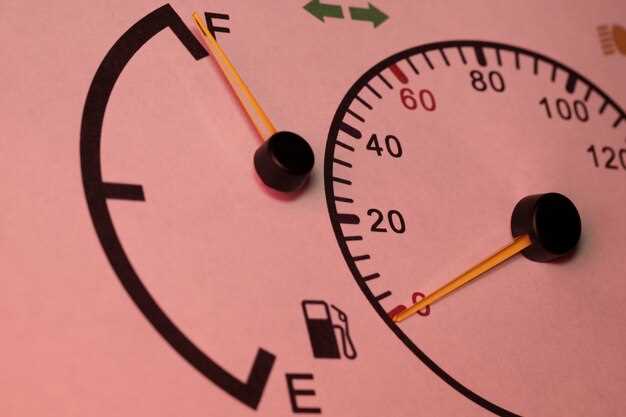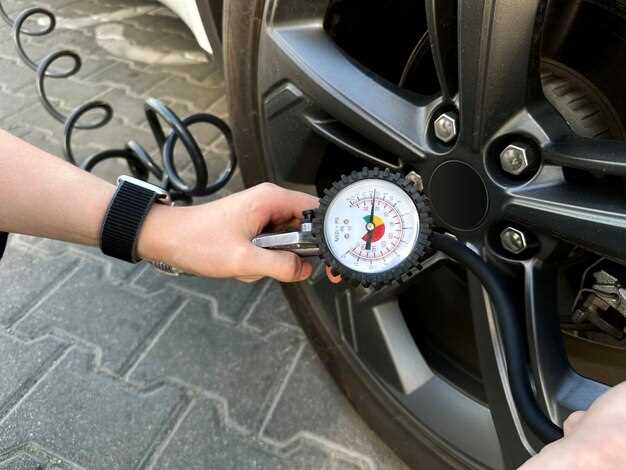
In the realm of automotive engineering, the concept of brake bias plays a pivotal role in determining a vehicle’s overall handling characteristics. Brake bias refers to the distribution of braking force between the front and rear wheels, significantly influencing how a vehicle responds during deceleration. An accurate balance between the two ends is crucial for optimizing performance, safety, and driver confidence.
Adjusting brake bias can have profound implications on a vehicle’s dynamics, especially in high-performance settings. When the front brakes are too dominant, it may lead to increased chances of understeer, wherein the vehicle fails to turn effectively. Conversely, if the rear brakes are overly aggressive, the risk of oversteer rises, potentially compromising stability and control. Understanding and fine-tuning this delicate equilibrium can enhance cornering ability, reduce stopping distances, and ultimately improve lap times.
Furthermore, the impact of brake bias adjustment extends beyond mere performance metrics; it also contributes to the driver’s overall experience. By fine-tuning the brake system to meet specific driving styles and conditions, drivers can achieve a tailored experience that complements their handling preferences. Thus, mastering brake bias becomes essential for anyone looking to elevate their automotive experience, whether on the road or the racetrack.
How Brake Bias Affects Understeer and Oversteer Dynamics
Brake bias refers to the distribution of braking force between the front and rear wheels of a vehicle. Adjusting this bias significantly influences a car’s handling characteristics, particularly in terms of understeer and oversteer dynamics. In general, a front-biased brake setup tends to enhance stability during braking, but it can lead to understeer, where the front tires lose grip before the rear. This scenario is often observed in high-speed turns, where a vehicle with excessive front brake bias may struggle to rotate into the corner, causing the driver to feel a loss of control.
Conversely, a rear-biased brake configuration can promote oversteer, allowing the rear tires to become more aggressive during braking. While this setup may help a car turn more sharply, it also increases the risk of losing rear traction, especially when approaching corners at high speeds. Drivers may find that adjusting the brake bias towards the rear allows for quicker rotation, but it also demands a higher skill level to manage the resulting dynamics during aggressive maneuvers.
The interplay between brake bias adjustments, understeer, and oversteer is critical for performance tuning. Race engineers often analyze a vehicle’s behavior under braking to fine-tune the brake distribution, aiming for a balance that maximizes grip while minimizing instability. A well-calibrated brake bias can provide drivers with the confidence to push their limits, enhancing overall performance on both track and street. Therefore, understanding and effectively managing brake bias is essential for optimal vehicle dynamics and safety.
Adjusting Brake Bias for Optimal Cornering Stability

Brake bias refers to the distribution of braking force between the front and rear wheels of a vehicle. Proper adjustment of brake bias is essential for achieving optimal cornering stability, as it significantly influences both handling and performance during turns.
When cornering, the weight transfer of a vehicle changes dynamically, impacting traction levels at each axle. Incorrect brake bias can lead to oversteer or understeer, compromising the vehicle’s stability and control. Therefore, understanding how to adjust brake bias is crucial for enhancing cornering performance.
Here are several key factors to consider when adjusting brake bias:
- Front vs. Rear Brake Performance: The front brakes typically handle more braking force due to weight transfer during braking. A common adjustment is to increase front bias to enhance stability during corner entry.
- Vehicle Type: Different vehicles have varying optimal brake bias settings based on their design. Sports cars may require a different bias compared to sedans or SUVs, considering their center of gravity and weight distribution.
- Track Conditions: Adjusting brake bias based on track conditions is crucial. On slippery surfaces, a more rearward bias can help prevent the front wheels from locking up, improving overall stability.
A systematic approach to adjusting brake bias includes the following steps:
- Assess Current Setup: Evaluate the current brake bias to identify tendencies such as excessive oversteer or understeer.
- Make Incremental Adjustments: Adjust the bias in small increments to gauge changes in handling and stability.
- Test and Analyze: Conduct test laps to observe effects on cornering performance. Look for indicators such as tire wear and steering response.
- Refine Setup: Based on the feedback from tests, continue to fine-tune the brake bias until achieving a balanced and stable cornering response.
By carefully adjusting brake bias, drivers can significantly enhance cornering stability, leading to improved lap times and a more enjoyable driving experience. Whether on the racetrack or in everyday driving, understanding and managing brake bias is vital for maximizing vehicle performance.
Understanding the Relationship Between Brake Bias and Brake Wear

Brake bias refers to the distribution of braking force between the front and rear wheels of a vehicle. This distribution plays a crucial role in vehicle stability, handling, and overall performance during braking. An optimal brake bias can improve stopping distances and enhance control, but it also has significant implications for brake wear. Understanding this relationship is essential for both performance tuning and longevity of brake components.
When the brake bias is set towards the front wheels, it results in increased braking force at the front, which can lead to more rapid wear of the front brake pads and rotors. This is because the front brakes bear most of the load during deceleration, causing them to experience higher temperatures and greater stress. Over time, this disparity can compromise brake performance and necessitate more frequent replacements of front braking components.
Conversely, if the brake bias is adjusted towards the rear, the rear brakes will endure more wear. While this can help balance the braking performance under certain conditions, such as specific racing scenarios, it risks destabilizing the vehicle under hard braking. Excessive wear on the rear brakes may lead to reduced effectiveness and potential safety issues if they are not replaced regularly.
Additionally, an improper brake bias can contribute to uneven wear across all brake components. This uneven wear can lead to a decrease in braking efficiency and an increase in repair costs. Therefore, careful consideration of brake bias adjustments is necessary to maintain optimal performance while managing wear across the entire braking system.
In summary, the relationship between brake bias and brake wear is marked by a delicate balance. Understanding how adjustments in bias affect both the front and rear braking components can help in optimizing performance while prolonging the lifespan of the brakes. Regular monitoring and adjustment based on driving conditions and usage can ultimately enhance both safety and performance on the road.



